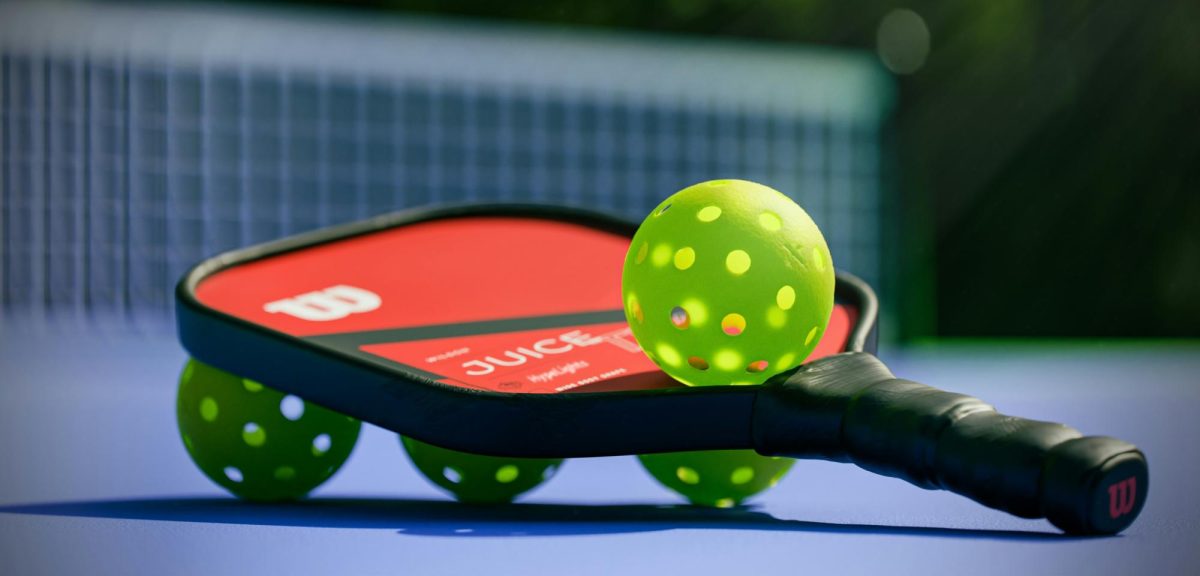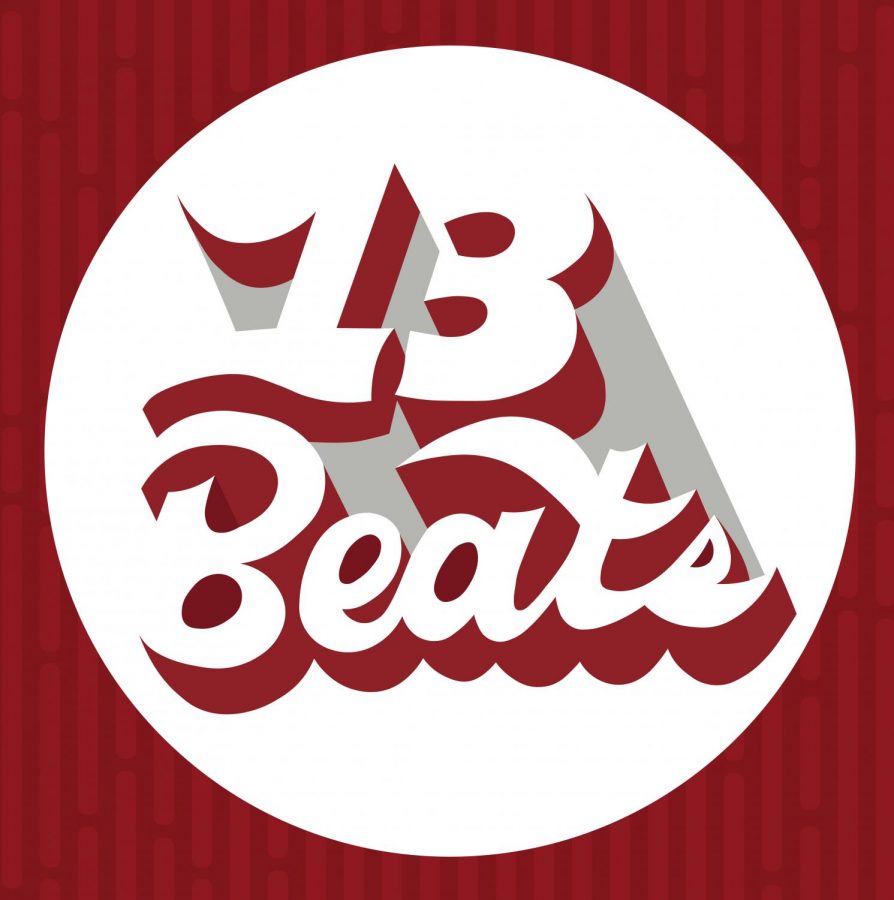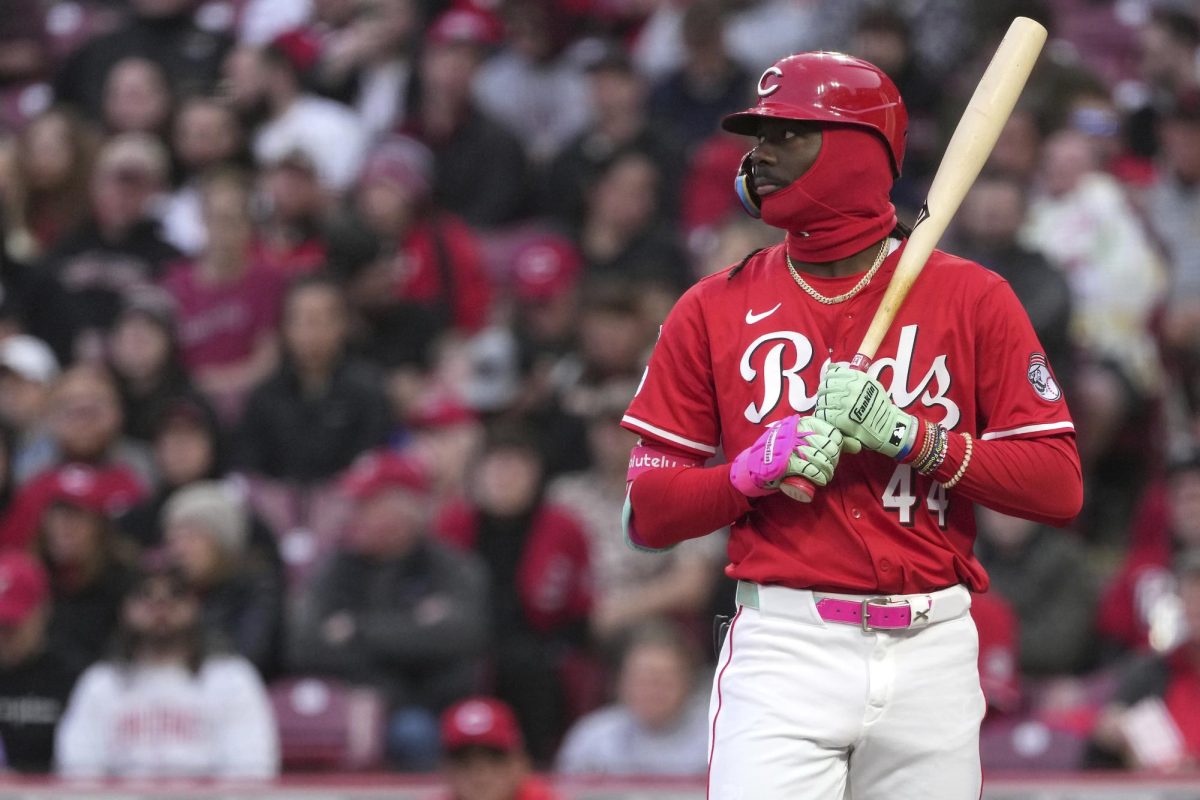Pickleball has risen to popularity across the world with multiple new associations and world tours. As the popularity of recreational pickleball has spiked quickly in recent years, so has the professional interest in the sport with the number of major league pickleball teams growing. The “tennis for lazy people” may have more to it than a miniature court and wiffle ball. Can pickleball really stand up to the big leagues of professional sports?
The salaries of top pickleball players certainly seem to show pickleball’s rise to legitimacy. One of the top men’s players, Ben Johns, made an estimated salary of $2.5 million in 2024, not including brand endorsements. The highest-paid professional women’s pickleball player, Anna Leigh Waters, earned an estimated $3 million with brand endorsements in 2024. While there is a large difference between the top few players and average professionals, there is clearly a lot at stake in pickleball.
Top pickleball players can thank recent popularity for their massive paychecks. For example, Johns’ paycheck has grown by 900% since 2021, and Waters now makes much more than top WNBA and professional women’s soccer players.
Pickleball was invented in 1965 by three friends — Joel Pritchard, Bill Bell and Barney McCallum — in Washington state. The men created the game to show their kids it was possible for anyone to create a new game. Using an old badminton court and Wiffle ball, they played the first-ever game of pickleball.
The name pickleball was coined by Joan Pritchard, the wife of one of the inventors, as a reference to crew races. Rowers not in the starting lineup were put into pickle-boats of leftover racers. The name references the “ugly duckling” that pickleball was originally viewed as.
The equipment and structure have developed substantially since the first game of pickleball, where the men used table tennis paddles, a badminton net and a plastic ball and combined multiple-yard games. Paddles are now made of wood and carbon fiber with tennis-like grips. The combination of yard games in 1965 has resulted in three major professional pickleball leagues globally.
Likely to the surprise of the three inventors, large-scale pickleball tournaments attract up to 3,000 players and 50,000 fans annually. The U.S. Open Pickleball Championships in Naples, Fla., has hosted thousands of fans each year since 2016. The tournament gets bigger each year, and amateur players have a chance to compete at the highest level. The Professional Pickleball Association (PPA) and USA Pickleball Association (USAPA) have been the leading tours and promoters of the sport. The PPA began the official pickleball player ranking system in 2020, and USAPA was founded in 2005 as the governing body for the sport.
Many associations and tours exist today as a testament to the sport’s popularity and legitimacy. However, all of the associations make professional pickleball very difficult to track in the same way many other professional sports are organized. The PPA, Major League Pickleball (MLP), and Association of Pickleball Players (APP) are three primary tour associations but don’t include all professional pickleball players. Each organization uses its own ranking systems and tournament styles. The various tournament styles are partially why the sport has gained so much attention, especially on social media.
Some of the fundamental rules of play are universal, but each tournament and association may have its own style. The USAPA, the primary governing body of pickleball in the United States, for example, allows for variation in play styles. The official rules summary allows for tournaments to be played to different point totals — tournaments can be played to either 15 or 21 points and normal matches to 11 points.
The variety in rules and styles has not hindered the popularity of the sport at all. The APP has recently agreed to TV streaming deals with ESPN and CBS Sports. Pickleball TV is a streaming service available on most streaming platforms that covers all major tournaments live.
The sport’s accessibility may be the largest factor in recent growth and interest. The game is also inherently social and can be as intense as the players choose. A slower pace and minimal equipment provide a very small barrier to entry that few other sports can boast. Courts are popping up across the world — even here at Colgate University. The pandemic likely boosted pickleball popularity as well, as interest in simple outdoor sports increased. The emergence of world tours and global rankings is due primarily to this mass enjoyment of the sport. Pickleball has proven that it isn’t just a little brother to tennis but, in fact, is its own high-level sport.



















